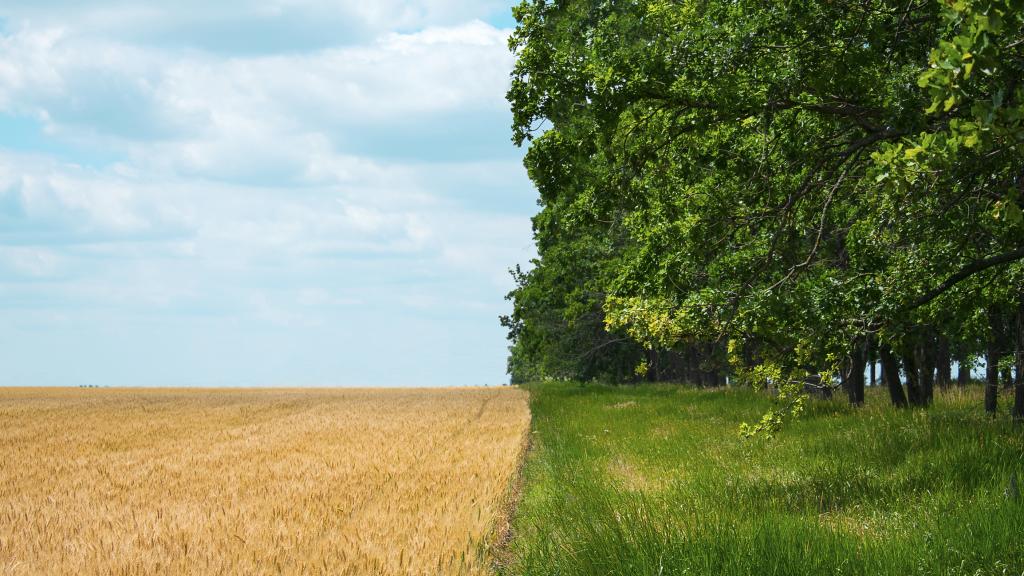
Before the chaos of the past few months, the framework for England’s post-Brexit agri-environmental subsidy regime had become reasonably clear. Although progress had been painfully slow and many details of the new “Environmental Land Management Scheme” (ELMS) had yet to be revealed, the broad direction of travel was obvious – moving away from per-acre direct payments, and towards encouraging farmers and landowners to produce environmental benefits, nature restoration and “public money for public goods”.
During the brief tenure of Liz Truss as Prime Minister and Ranil Jayawardene as Secretary of State at Defra, rumours began to circulate that the government intended to rip up this developing structure entirely, and revert back to some form of per-acre direct payments. Protests from environmental charities and others followed, but the government fell before it was confirmed whether Truss and Jayawardene truly intended to abandon ELMS and start again.
At the time of writing, the Sunak government has also not confirmed its intentions, although further rumours have emerged of plans to significantly amend parts of the ELMS programme. In the absence of anything concrete, it is worth setting out the options which the government will likely be considering.
Continue with the Environmental Land Management Scheme
A great deal of time and effort has been spent on developing ELMS, and the default position is surely for the Sunak government to see it through to completion. This might, however, be a good time for a review of ELMS’ structure and priorities – the distribution of funding between the three tiers of ELMS has been a subject of particular criticism, with the payment rates proposed for the Sustainable Farming Incentive (the lowest tier, intended to be almost universal) seen to be suffering at the expense of funding the ambitious, whole-landscape environmental restorations intended to be carried out under the highest tier.
The recent rumours indicate that Defra may be doing just that, with suggestions that the highest tier might be scrapped, and that the middle tier (to be known as “Local Nature Recovery”) will be a more extensive version of the old Countryside/Environmental Stewardship.
Per-acre payments – back to BPS?
Allegedly the Truss plan would certainly mark a radical change from ELMS – whether that change would be a positive one is probably a matter of opinion. The motivation for returning to per-acre payments was apparently a desire to simplify the system by replacing the three ELMS tiers (each likely to be quite complex) with flat, automatic, annual payments. Anyone who has previously dealt with the RPA is, of course, entitled to be sceptical about how simple this would actually be in practice.
Shift to an “outputs” model
Perhaps an even more radical option than a return to per-acre payments, but one which seems to be gathering momentum. At present, environmental subsidies mostly cover the cost of inputs – farmers and landowners are paid to plant trees, establish hedgerows and headlands, or generally to manage land in a less intensive and less profitable manner. Under an outputs based model, land managers would instead sell the environmental benefits produced by those works in the form of carbon credits, biodiversity credits, phosphate credits and so on.
This shift is often said to be necessary if private sector money is to be brought into the sector on any significant scale. Private sector funding for inputs risks allegations of “greenwashing”, and there can also be uncertainty about what sorts of double-funding are acceptable – if a land manager has accepted money to pay for inputs to improve biodiversity, can they then separately sell any other environmental benefits produced by those inputs, such as carbon sequestration or flood mitigation?
Environmental Land Management Scheme – where to from here?
Ultimately, we need Defra to confirm what they see as the future of agri-environmental subsidies – hopefully, they will do so sooner rather than later, but the experience of the past few years (and the lengthy list of other government priorities) suggests that we may be waiting some time.
If forced to make a bet, mine would be on ELMS surviving, but without the higher “Landscape Recovery” tier, and with the lower and middle tiers ultimately looking much like the old stewardship schemes but broadened out to accommodate those who want to commit more or less to environmental land management.
The large landscape-level projects (new salt marshes, rewilding, reforestation, and so on) would then be undertaken with private or blended public-private financing, and with a focus on the generation of outputs for sale to developers, water companies and other large organisations needing to offset and mitigate their activities.
